What To Eat When You Have A Fatty Liver
October 16 2017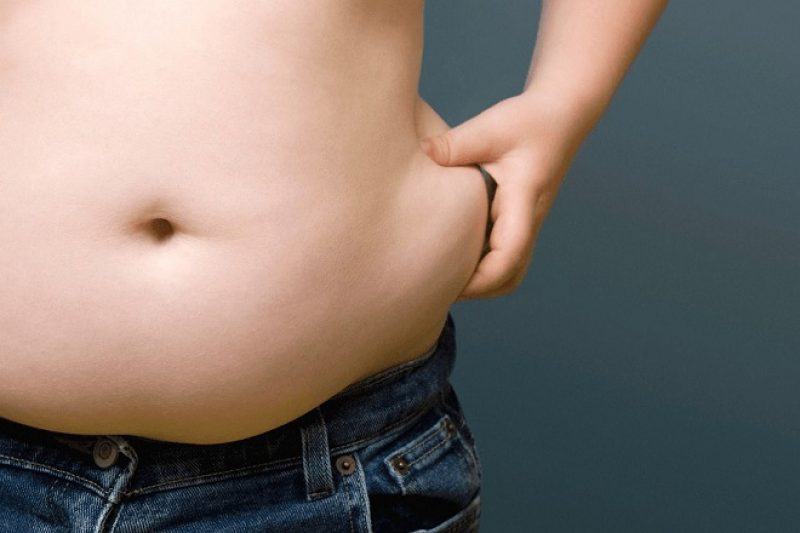
Fatty liver occurs when excess fat accumulates inside liver cells. This means normal, healthy liver tissue becomes partly replaced with fatty tissue. The fat starts to invade the liver, gradually infiltrating the healthy liver areas so that less and less healthy liver tissue remains. The fatty liver has a yellow greasy appearance and is often enlarged and swollen with fat.
An estimated 30 percent of Australians suffer from some form of liver disease, with fatty liver, viral hepatitis, and cirrhosis as the main culprits. Poor dietary habits and lifestyle choices are often to blame.
Non-alcoholic fatty liver disease (NAFLD) is on the rise in Australia. Non-alcoholic fatty liver disease is a serious condition which can progress to non-alcoholic steatohepatitis (NASH) and liver cirrhosis. An estimated 30 percent of Australians suffer from some form of liver disease, with fatty liver, viral hepatitis, and cirrhosis as the main culprits. Poor dietary habits and lifestyle choices are often to blame.
Many people with a fatty liver are unaware that they even have a liver problem, as the symptoms can be vague and non-specific, especially in the early stages. Most people with a fatty liver feel generally unwell, and find they are becoming increasingly fatigued and overweight for no apparent reason.
Possible symptoms of fatty liver include:
- Weight excess in the abdominal area
- Elevated cholesterol and triglyceride levels
- Tiredness and fatigue
- Nausea
- Gallstones
- Overheating of the body
- Excessive sweating
- Red itchy eyes
- Poor appetite
- Flatulence (more than normal)
- Patchy dark skin, usually in neck or underarms.
- High blood pressure
- Raised blood sugar levels
- Extra flabs around your belly
Good thing fatty liver disease is avoidable and reversible with proper diet.
Check the list below to know which foods can help speed up the healing process.
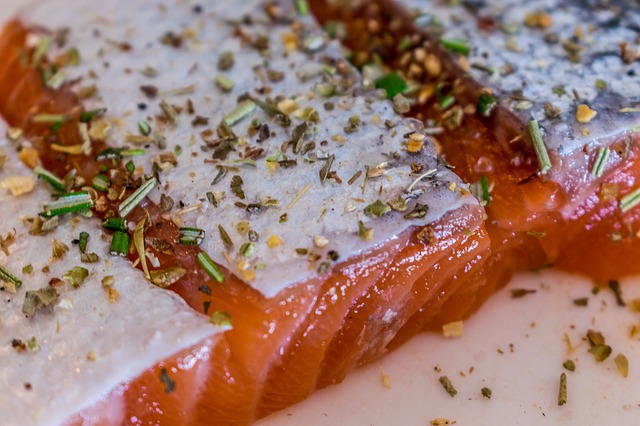
Oily fish/fish oil has been shown to reduce liver fat (steatosis) and aspartate aminotransferase levels (a liver function test that indicates liver damage), with moderate evidence that it is effective for NAFLD and good evidence for metabolic disease. The researchers recommend 2 servings of oily fish per week.
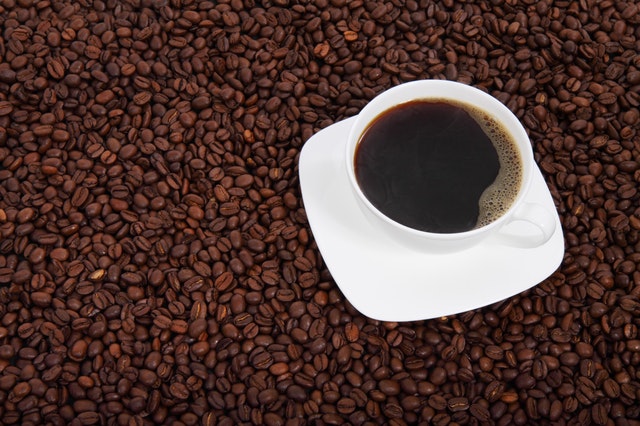
Coffee has a multi-pronged effect on liver disease, improving insulin sensitivity and reducing the odds of type 2 diabetes and cardiovascular (heart and blood vessel) disease. Three cups a day are recommended.
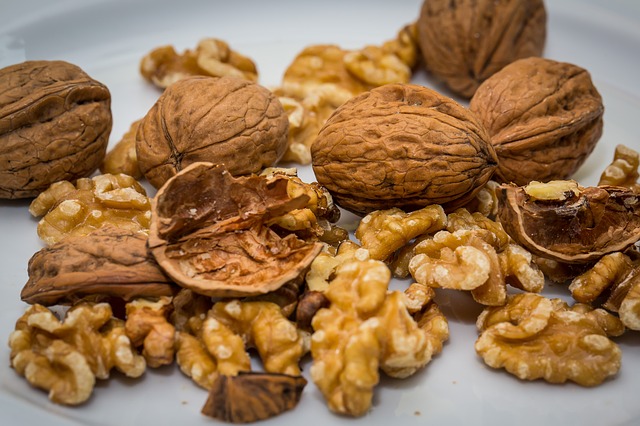
Nuts show potential as a treatment in NAFLD through improvements to blood fats like cholesterol, liver fat, and inflammation. The researchers recommend a handful a day.
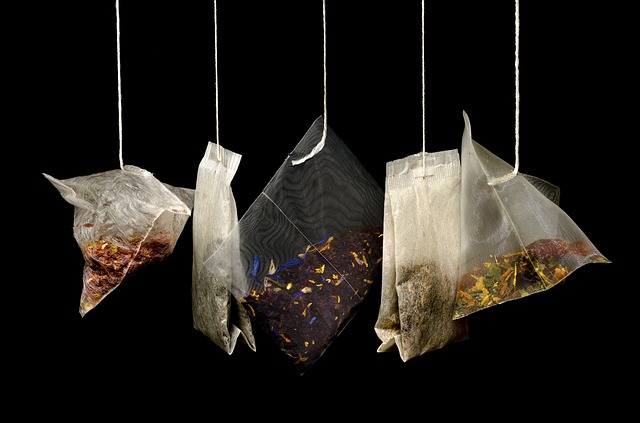
Green and black tea may lessen the development and progression of NAFLD, lowering blood fats and improving insulin sensitivity. But the evidence is not as strong as with other foods, and people would have to drink 5 to 10 cups a day to get a benefit.

Red wine may improve insulin resistance and blood fats, possibly due to the effect of the antioxidant resveratrol. A modest consumption is recommended, of around 100-200ml per day.
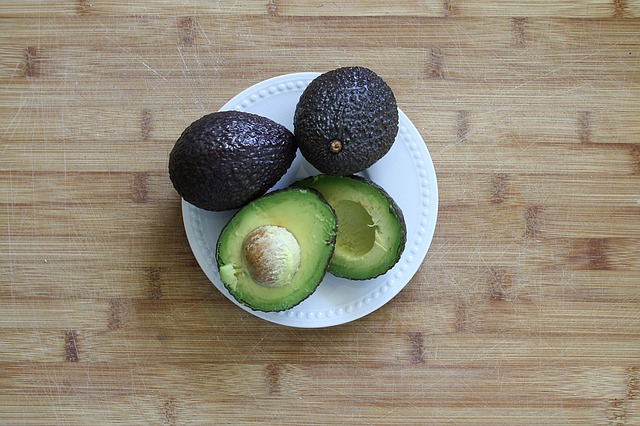
Avocados are a rich source of oil with high monounsaturated fatty acid (good fat) content. They have lipid lowering, antioxidant, anti-inflammatory and weight maintenance properties, with half an avocado recommended daily.
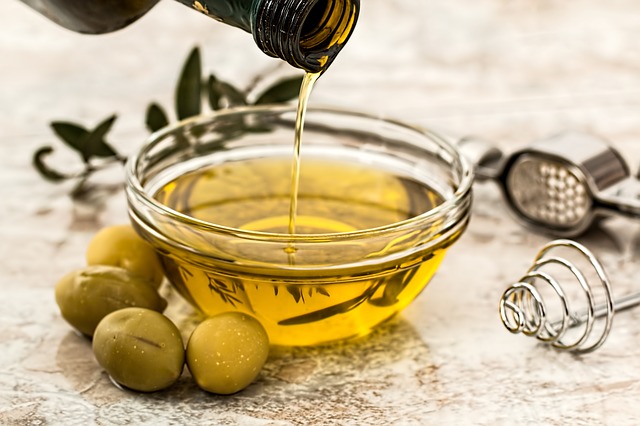
Olive oil is beneficial for people with NAFLD when used as a part of a low-fat Mediterranean diet. It is lipid-lowering and reduces oxidative stress and liver fat. Around 20g per day is recommended.
Fatty liver is diagnosed with a blood test and liver ultrasound. If you’re experiencing a couple or more symptoms of Fatty Liver Disease, contact Myers Street Family Medical Practice on 03 5229 5192 or The Cottage Medical Clinic on 03 5241 6129 to schedule a consultation with one of our medical professionals.
